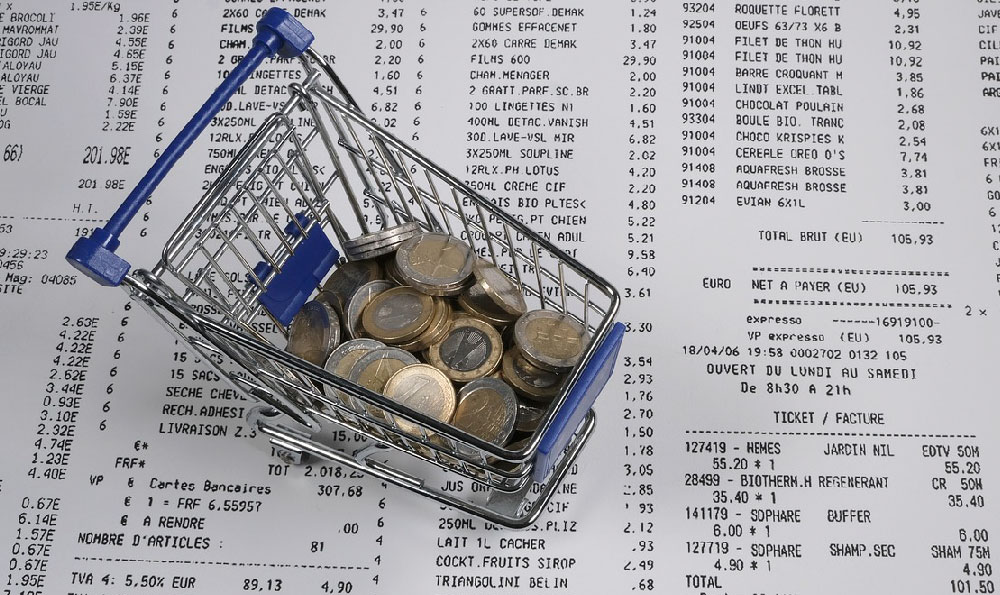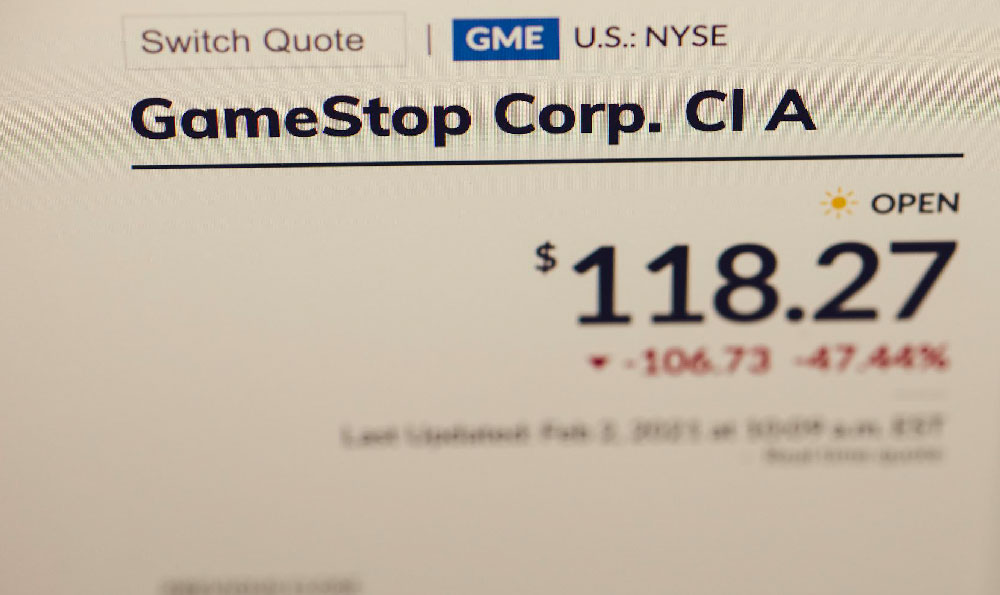How Much Can YouTube Videos Make? What Factors Determine Your Earnings?
Alright, let's delve into the intriguing world of YouTube earnings. The question of how much YouTube videos can make is a common one, and the answer, while seemingly simple, is deeply intertwined with a multitude of factors. It’s not a get-rich-quick scheme, but with the right strategy and dedication, it can be a viable source of income. Understanding the mechanics behind YouTube monetization is crucial for anyone looking to seriously pursue this path.
The core of YouTube revenue lies in ad revenue generated through the Google AdSense program. YouTubers essentially allow Google to display advertisements on their videos, and in return, they receive a portion of the revenue those ads generate. However, not all views are created equal. Advertisers pay different rates depending on several factors, including the target demographic, the content of the video, and the time of year. This is where CPM (Cost Per Mille, or cost per thousand impressions) and RPM (Revenue Per Mille, or revenue per thousand views) come into play.
CPM represents the amount an advertiser pays for one thousand ad impressions. It's a measure of how valuable a particular audience is to advertisers. For example, a video targeted at affluent professionals might have a higher CPM than one targeted at teenagers, as advertisers are often willing to pay more to reach the former group.

RPM, on the other hand, is the actual revenue a YouTuber receives for every one thousand views after YouTube takes its cut (typically 45%). RPM is a more accurate reflection of your actual earnings because it factors in all revenue sources, including ad revenue, channel memberships, Super Chat, and YouTube Premium revenue.
Several elements significantly influence both CPM and RPM, and consequently, your overall earnings.
Content Niche: The type of content you create plays a vital role. High-demand niches, such as finance, business, technology, and health, often attract higher CPMs because advertisers are willing to pay more to reach those specific audiences. Conversely, niches like gaming or vlogging, while popular, might have lower CPMs due to higher competition and potentially less attractive demographics for certain advertisers. The key is to identify a niche where there is both audience interest and advertiser demand.
Audience Demographics: Where your viewers are located matters significantly. Advertisers tend to pay more for viewers in developed countries like the United States, Canada, the United Kingdom, and Australia, as these countries have higher purchasing power and are more attractive target markets. If a significant portion of your audience is from developing countries, your CPM will likely be lower. Understanding your audience demographics through YouTube Analytics is crucial for tailoring your content and targeting relevant advertisers.
Ad Formats: The type of ads displayed on your videos also affects your earnings. Different ad formats, such as skippable video ads, non-skippable video ads, display ads, and overlay ads, have varying CPMs. Longer, non-skippable ads typically generate more revenue, but they can also be intrusive and potentially deter viewers. Experimenting with different ad formats and monitoring their impact on both revenue and viewer retention is important.
Video Length: Longer videos generally have the potential to earn more revenue. This is because longer videos can accommodate more ad breaks, allowing for more ad impressions. YouTube's algorithm also tends to favor longer videos, as they keep viewers on the platform for longer periods. However, it's essential to ensure that your longer videos are engaging and maintain viewer interest; otherwise, you risk losing viewers and decreasing your overall watch time.
Seasonality: Advertising spending fluctuates throughout the year. CPMs tend to be higher during the holiday season (e.g., Christmas, Black Friday) as businesses increase their advertising budgets to capitalize on increased consumer spending. Conversely, CPMs might be lower during the first quarter of the year after the holiday rush. Being aware of these seasonal trends can help you plan your content strategy and maximize your earnings during peak periods.
Engagement: High levels of engagement, such as likes, comments, shares, and watch time, signal to YouTube that your content is valuable and engaging. This can lead to increased visibility in search results and recommendations, ultimately driving more views and revenue. Responding to comments, creating interactive content, and fostering a sense of community can help boost engagement and improve your overall performance.
YouTube Premium: When YouTube Premium subscribers watch your videos, you receive a portion of their subscription revenue. This revenue stream is based on the amount of time Premium subscribers spend watching your content. While YouTube Premium revenue might not be as significant as ad revenue for many creators, it can still contribute to your overall earnings.
Beyond AdSense, several other avenues can generate income on YouTube.
Channel Memberships: You can offer viewers exclusive perks and content in exchange for a monthly fee. These perks can include custom badges, emojis, exclusive videos, and live streams. Channel memberships provide a recurring revenue stream and can foster a deeper connection with your most loyal fans.
Super Chat & Super Stickers: During live streams and premieres, viewers can purchase Super Chat messages or Super Stickers, which are highlighted in the chat window. This allows viewers to stand out and support their favorite creators directly.
Merchandise Shelf: If you have a product to sell, you can integrate a merchandise shelf directly into your YouTube videos and channel page. This allows viewers to easily browse and purchase your products without leaving the platform.
Affiliate Marketing: You can promote products or services in your videos and earn a commission for every sale or lead generated through your unique affiliate link. This can be a lucrative way to monetize your content, especially if you create reviews or tutorials related to specific products.
Brand Sponsorships: As your channel grows, you may attract the attention of brands looking to collaborate with influencers. Brand sponsorships involve promoting a brand's product or service in your videos in exchange for compensation.
Finally, remember that building a successful YouTube channel takes time, effort, and consistency. Don't be discouraged if you don't see immediate results. Focus on creating high-quality content that resonates with your target audience, engaging with your viewers, and continuously improving your skills. Analyze your YouTube Analytics data to understand what's working and what's not, and adjust your strategy accordingly. By focusing on these core principles, you can increase your chances of building a sustainable and profitable YouTube channel.















